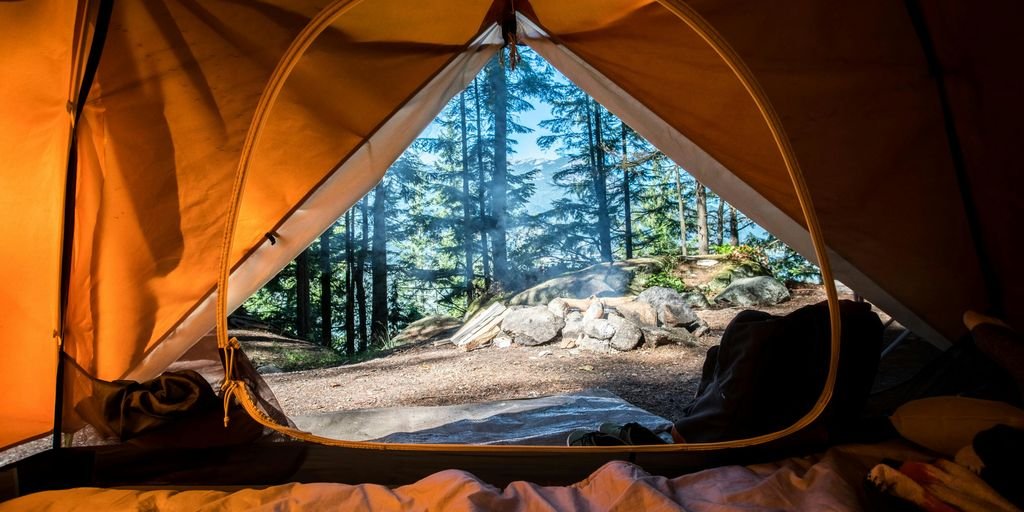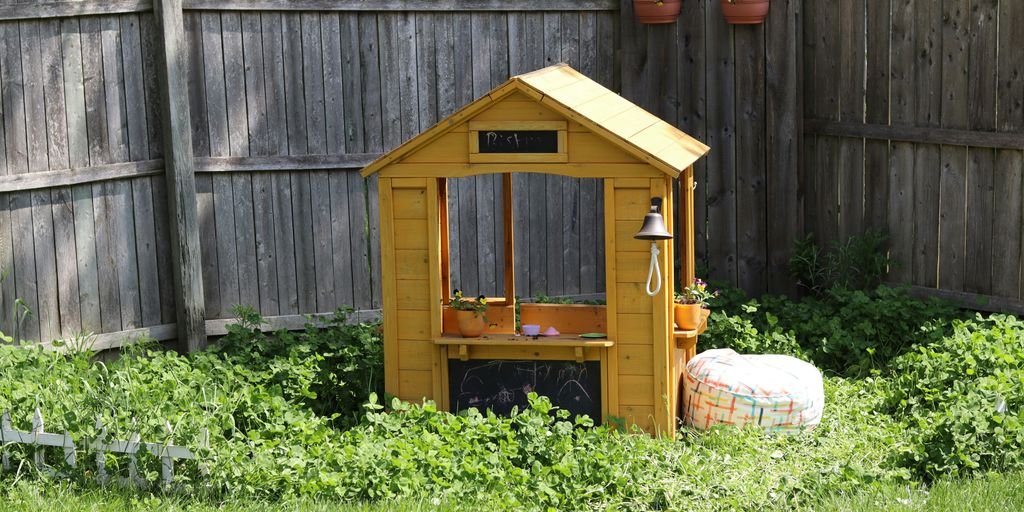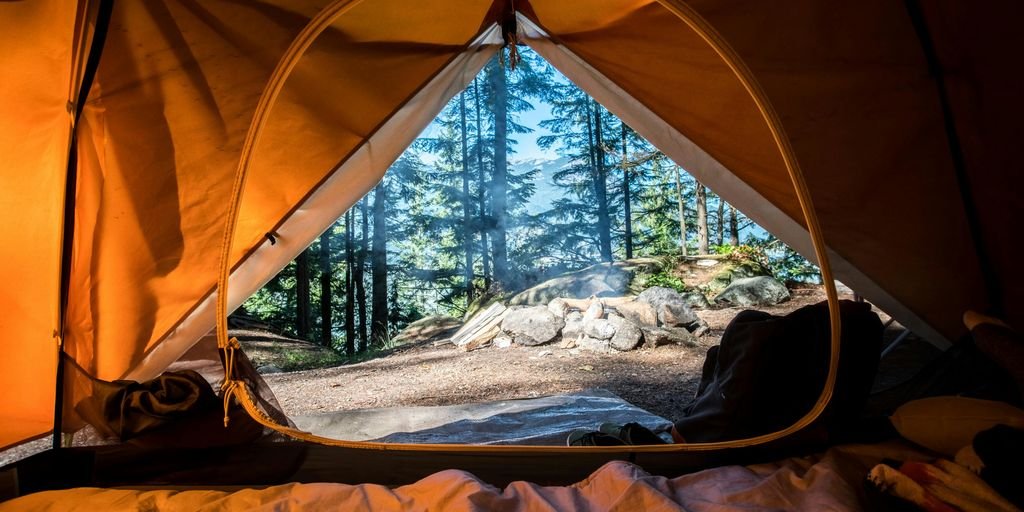Creating the perfect outdoor living space is all about blending comfort, style, and functionality. Whether you have a sprawling backyard or a cozy balcony, transforming your outdoor area into a relaxing haven can make a big difference in your lifestyle. In this article, we’ll walk you through some essential tips and tricks to help you design an outdoor space that you’ll love spending time in.
Key Takeaways
- Measure your outdoor area to understand how much space you have to work with.
- Choose furniture that is both comfortable and durable to withstand outdoor conditions.
- Incorporate a variety of plants and greenery to add color and life to your space.
- Create distinct zones for different activities like cooking, dining, and relaxation.
- Use lighting and accessories to enhance the ambiance and usability of your outdoor area.
Assessing Your Outdoor Space
Creating the perfect outdoor living space starts with a thorough assessment of your area. This step ensures that you make the most of what you have and plan effectively for any additions or changes.
Measuring Your Area
Begin by measuring your outdoor space. Understanding exactly how much room you have will help you decide on the layout and the type of furniture you can accommodate. Use a measuring tape to get accurate dimensions and sketch a simple map of your area.
Identifying Key Features
Take note of the key features in your outdoor space. This includes existing trees, plants, and any structures like sheds or pergolas. Identifying these features will help you plan around them and make the most of your space. Consider how these elements can be incorporated into your design to enhance the overall look and feel.
Considering Sun and Shade
Observe how the sun and shade move across your outdoor area throughout the day. This will help you decide where to place seating, dining areas, and other functional zones. For instance, a pergola provides an escape from hot, overhead summer sun. Knowing the sun and shade patterns will ensure that your space is comfortable at all times of the day.
A well-thought-out outdoor space not only looks good but also feels good to be in. By assessing your area carefully, you can create a space that is both functional and beautiful.
Choosing the Right Furniture
Creating the perfect outdoor living space involves selecting the right furniture. Here are some important considerations to select outdoor furniture that balances comfort, style, and functionality.
Comfort and Durability
When choosing outdoor furniture, comfort should be a top priority. Look for pieces that you and your guests can lounge in for hours. Materials like synthetic wicker, powder-coated metal, and treated wood are durable and can withstand the elements. Don’t forget to add cushions and pillows made from weather-resistant fabrics to enhance comfort.
Style and Aesthetics
Your outdoor furniture should reflect your personal style and complement the overall design of your home. Whether you prefer a modern, rustic, or traditional look, there are plenty of options available. Mixing materials like wood, metal, and wicker can add visual interest and create a cohesive look.
Multi-Functional Pieces
To make the most of your outdoor space, consider furniture that serves multiple purposes. For example, a bench with storage can provide seating and a place to store cushions or garden tools. An extendable dining table can accommodate both small family dinners and larger gatherings. Multi-functional pieces help maximize your space and make it more versatile.
Remember, the goal is to turn your backyard or patio into a personal oasis where you can relax and entertain comfortably.
Incorporating Greenery and Landscaping
Selecting Plants and Trees
No outdoor oasis is complete without lush greenery. Incorporate a variety of plants, shrubs, and trees to add colorful texture to your backyard retreat. Choose easy-care greenery for a low-maintenance area. Consider using native plants to create a pollinator garden that mimics the natural ecosystem.
Using Planters and Pots
Planters and pots are a great way to add greenery to your outdoor space without committing to permanent changes. They allow for flexibility and can be moved around to suit your design needs. Use a mix of sizes and styles to create visual interest.
Creating a Garden Layout
When planning your garden layout, think about the overall feel you want to achieve. Do you prefer a highly manicured look or a more natural, meadow-like setting? Group plants in masses to create a cohesive look and avoid a busy, overcomplicated space. Remember, thoughtful landscaping can completely change the feel of an outdoor space.
Adding Functional Zones
Creating distinct zones in your outdoor space can make it more enjoyable and practical. Think about how you want to use each area and plan accordingly. Here are some ideas to get you started:
Cooking and Dining Areas
Set up a dedicated space for cooking and dining. This could include a built-in grill, a countertop for food prep, and a dining table with chairs. Having a specific area for these activities helps keep things organized and makes entertaining guests easier.
Relaxation and Lounge Spaces
Designate a spot for relaxation and lounging. Comfortable seating, such as outdoor sofas or lounge chairs, can make this area inviting. Consider adding a fire pit or outdoor heater to extend the usability of this space into cooler months.
Play Areas for Children
If you have kids, create a play area where they can have fun safely. This could include a sandbox, a small playhouse, or even a space for water play. Make sure to add storage for toys and games to keep the area tidy when not in use.
Dividing your outdoor space into functional zones allows everyone to have a spot that meets their needs, making the area more enjoyable for all.
By setting up these zones, you can create a functional all-seasons patio, deck, or yard that’s both practical and comfortable.
Enhancing with Lighting and Accessories
Types of Outdoor Lighting
Outdoor lighting can transform your space, making it usable day and night. String lights are a popular choice for creating a cozy atmosphere. Path lights can guide guests safely, while lanterns add a touch of elegance. Don’t forget about candles; their flickering flames are perfect for setting the mood.
Decorative Elements
Decorative elements like vases and planters can elevate your outdoor space. Arrange smaller vases on your tabletop or go for a larger spray in the middle for a dramatic effect. Flank your seating area with large planters for a coordinated look. These simple touches can make your outdoor space feel like an extension of your home.
Seasonal Accessories
Seasonal accessories can keep your outdoor space fresh and inviting all year round. In summer, consider using astroturf placemats and table runners for a fun, summery vibe. Rechargeable mini lamps are also a great addition; they are windproof and reusable, perfect for outdoor use. As the seasons change, swap out your accessories to keep your space feeling new and exciting.
Enhance your outdoor living space with design ideas for year-round enjoyment. Create a cozy, stylish retreat. Discover how to get started now!
Ensuring Comfort and Usability
Creating a comfortable and usable outdoor living space is essential for enjoying your time outside. Here are some tips to help you achieve that.
Weather-Appropriate Solutions
To ensure comfort in your outdoor space, consider the weather conditions. Providing shade is crucial if your area gets a lot of sun. Options like umbrellas, pergolas, and covered patios can offer relief from the heat. For cooler climates, consider adding outdoor heaters or fire pits to keep the space warm.
Maintaining Cleanliness
Keeping your outdoor area clean is vital for usability. Regularly sweep and wash surfaces to prevent dirt buildup. Use weather-resistant furniture that is easy to clean. Invest in quality covers to protect your furniture when not in use.
Incorporating Technology
Modern technology can enhance the usability of your outdoor space. Install outdoor speakers for music, and consider adding a weatherproof TV for entertainment. Smart lighting systems can also be a great addition, allowing you to control the ambiance with ease.
Remember, a well-planned outdoor space should be as comfortable and functional as your indoor living areas. Don’t overlook the small details that can make a big difference in your overall experience.
Creating Boundaries and Privacy
Using Fences and Screens
Fences and screens are effective ways to create some privacy in your outdoor space. They can block visibility and help define the area. Consider using materials that match your home’s style to keep a cohesive look. Options include wooden fences, metal screens, or even bamboo panels.
Natural Barriers
Plants and trees can serve as natural barriers. Hedges, shrubs, and tall grasses can provide privacy while adding greenery to your space. Evergreen trees are particularly useful as they offer year-round coverage. Planting close to a sitting area can provide more privacy with fewer plants compared to perimeter plantings further out in the yard.
Visual and Sound Barriers
To block out unwanted sights and sounds, consider using a combination of elements. A trellis with climbing plants can create a visual barrier, while water features like fountains can help mask noise. Curtains and outdoor rugs can also add to the sense of privacy and comfort.
Creating a private outdoor space can make your yard feel like a true extension of your home. By using a mix of fences, plants, and other elements, you can design a sanctuary that feels secluded and peaceful.
Conclusion
Creating the perfect outdoor living space is all about thoughtful planning and attention to detail. By considering your needs, the available space, and incorporating the tips and tricks shared in this article, you can transform your backyard into a cozy and functional retreat. Remember, the key is to make the space feel like an extension of your home, ensuring comfort and style. Whether it’s adding the right furniture, setting up distinct zones, or incorporating greenery and lighting, every element plays a crucial role in making your outdoor area a place you’ll love to spend time in. So, take these ideas, get creative, and start designing your perfect outdoor living space today!
Frequently Asked Questions
How do I start planning my outdoor living space?
Begin by measuring your area. Knowing the exact size helps you figure out what you can fit. Then, identify key features like trees or slopes and consider how much sun or shade the area gets.
What kind of furniture is best for outdoor spaces?
Choose furniture that’s both comfortable and durable. Look for pieces that can withstand weather changes. Multi-functional furniture, like a bench that doubles as storage, can be very useful.
How can I add greenery to my outdoor space?
You can add greenery by selecting a mix of plants and trees that suit your climate. Use planters and pots to add color and texture. Create a garden layout that fits your space and needs.
What are some ideas for creating different zones in my outdoor area?
Create zones for different activities, like a cooking area with a grill, a dining space with a table and chairs, and a lounge area with comfy seating. If you have kids, consider a play area for them.
How can I make my outdoor space usable in different weather conditions?
Use weather-appropriate solutions like shade structures for sunny days and heaters or fire pits for cooler weather. Add blankets and cushions for extra comfort.
How do I create privacy in my outdoor living space?
You can create privacy by using fences, screens, or natural barriers like tall plants. Visual barriers like curtains or trellises can also help block out unwanted views and sounds.


